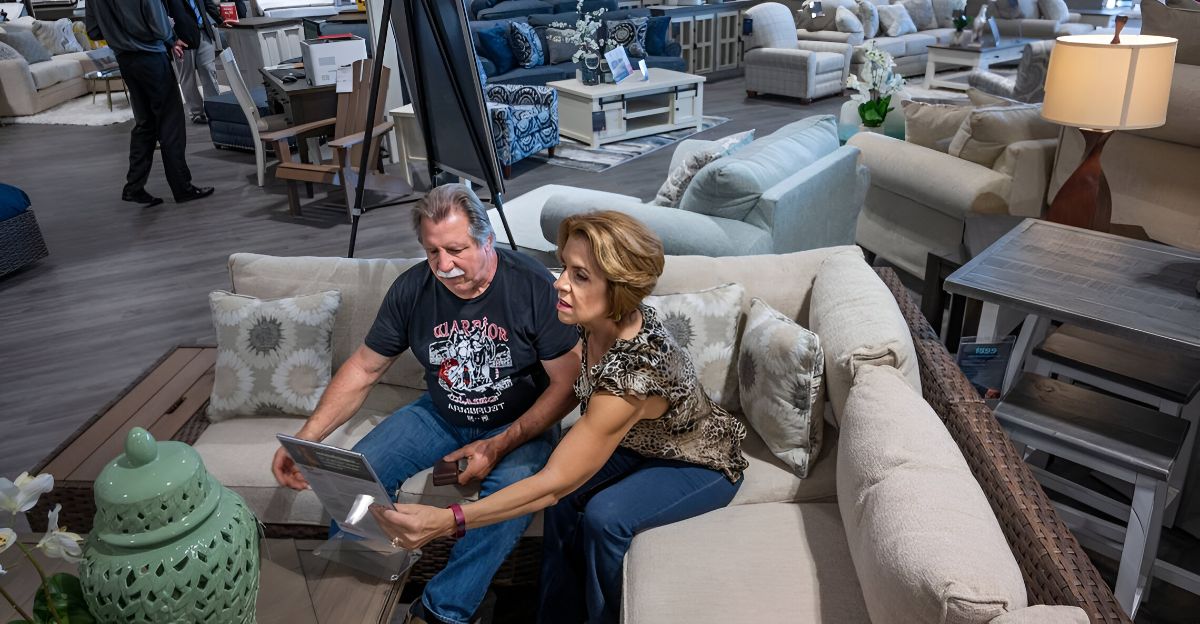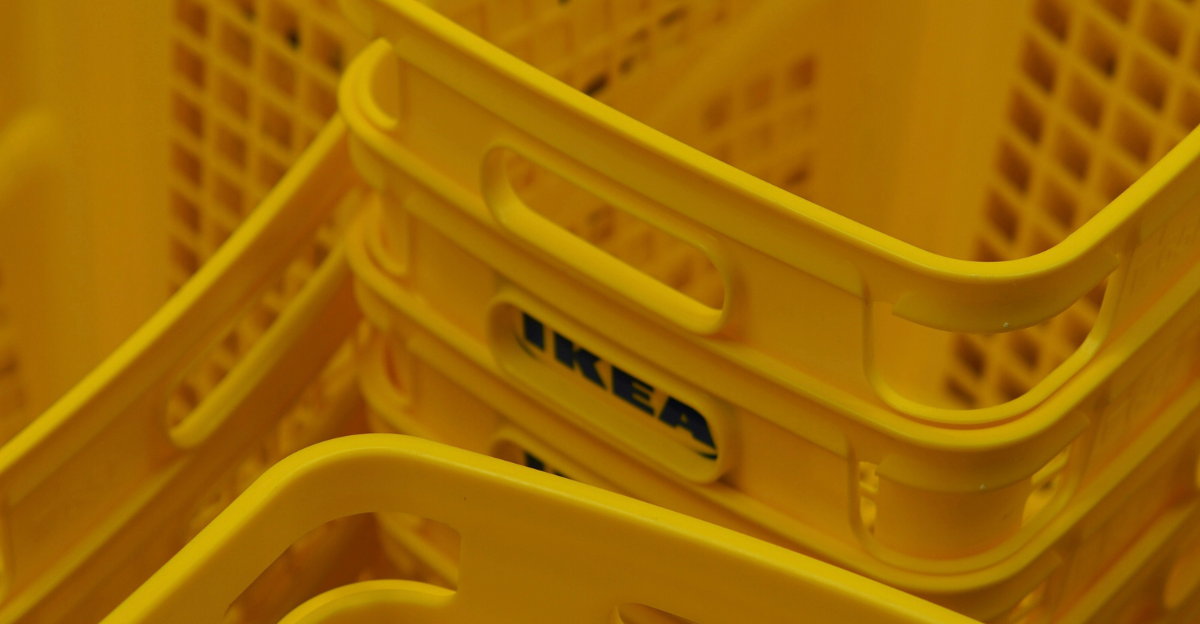
America’s furniture landscape is facing a shake-up as one of the country’s largest home goods retailers, a well-known rival to IKEA, teeters on the edge of bankruptcy. At Home, a popular home décor and furniture retailer with nearly 200 stores across 40 states, is reportedly preparing to file for bankruptcy in the near future.
Known as a strong competitor to IKEA in the U.S. market, At Home has been notably struggling under the weight of the increased costs caused by tariffs introduced during the Trump administration. These tariffs have made importing goods more expensive, squeezing the profit margins and challenging the company’s ability to stay competitive in the market. This development highlights how trade policies can have a ripple effect through the economy, affecting businesses and consumers alike.
How Tariffs Are Driving Up Costs for Retailers

Tariffs are taxes placed on imported goods, and they have become a major headache for retailers like At Home. When tariffs rise, costs of bringing products into the country increases, forcing companies to either absorb the expense or untimely pass it on to customers. For At Home, which sources a significant portion of its inventory from overseas, this has meant higher prices and tighter margins. The company’s struggle shows how trade tensions and tariffs can disrupt supply chains, making it harder for retailers to offer affordable products to the public.
At Home’s Business Model: Affordable Style for Every Home

At Home has built a significant loyal customer base by offering a wide variety of furniture and home décor at budget-friendly prices. Its large footprint and diverse product selection make it a go-to destination for families looking to refresh their living spaces without overspending. The company’s bankruptcy signals trouble not just for At Home but for the broader market of affordable home furnishings. It also highlights some of the pressures that markets are experiencing to avoid passing costs to consumers. If such a major player falters, shoppers may find fewer options and higher prices, which could reshape the home décor landscape in the U.S.
The Competitive Pressure from IKEA and Other Retailers

IKEA, still the world’s largest furniture retailer, remains a dominant force with over 480 stores worldwide. While At Home competes mainly in the U.S., IKEA’s global reach and efficient supply chain give it a significant advantage in the market. IKEA’s ability to manage costs and innovate has helped it weather economic challenges better than many rivals. At Home’s difficulties illustrate how smaller or regional chains can struggle to keep pace with global giants, especially when external factors like tariffs add pressure.
The Impact on Consumers: What Shoppers Should Expect

For consumers, At Home’s bankruptcy could mean fewer store locations ultimately leading to less variety in affordable furniture options. Prices might rise as the company tries to recover financially or as competitors adjust to the changing market. Shoppers may need to explore alternative retailers or consider different styles and price points. This shift could affect how families furnish their homes, especially those who rely on budget-friendly stores for seasonal updates and essential pieces.
Supply Chain Challenges Beyond Tariffs

While tariffs are one of the major factor to be considered, At Home’s struggles also reflect broader supply chain issues that are affecting many industries. Delays, increased shipping costs, and shortages of raw materials have made it difficult for retailers to maintain steady inventory levels. These challenges have compounded the impact of tariffs, creating a perfect storm of rising expenses and unpredictable supply. The furniture industry, which always depend heavily on global manufacturing, has been especially vulnerable to these disruptions.
The Role of Economic Policy in Retail Stability

At Home’s pending bankruptcy raises important questions about the role of economic and trade policies in supporting or hindering retail businesses. While tariffs aim to protect domestic industries, they can sometimes have unintended consequences, such as higher consumer prices and business failures. This could also eventually lead to staff layoffs, affecting thousands of households. Policymakers face the challenge of balancing these goals to foster a healthy economy. For retailers, adapting to changing policies and finding ways to minimize costs is critical for survival in a competitive market.
What Bankruptcy Means for At Home’s Future

Filing for bankruptcy doesn’t necessarily mean the end for At Home as a business. Many companies use bankruptcy as a way to restructure debt, close underperforming stores, and emerge even stronger. However, the process can be very disruptive for employees, customers, and suppliers. It also includes many uncertainties for the parties involved. The outcome will depend on how well At Home can reorganize its operations and adjust to the new economic realities shaped by tariffs and supply chain issues. Customers should stay tuned for updates on store closures and product availability.
Looking Ahead: The Future of Affordable Furniture Retail

The big challenges faced by At Home could signal a turning point for the affordable furniture market in the U.S. Retailers will need to innovate, improve supply chain resilience, and possibly rethink their sourcing strategies to stay competitive in their market. Consumers may see more noticeable shifts toward online shopping, local manufacturing, or alternative styles that balance cost and quality. The industry’s evolution will be shaped by how companies respond to economic pressures and changing consumer preferences.
A Cautionary Tale for Retailers and Shoppers

At Home’s pending bankruptcy highlights the complex interplay between global trade policies, supply chain dynamics, and retail success. Tariffs, while intended to protect certain industries, can have far-reaching effects that challenge other industries, even for well-established companies.
For shoppers, this means paying close attention to how economic changes can influence the availability and price of everyday goods. For retailers, it’s a reminder that adaptability and strategic planning are essential in a world where politics and economics are deeply intertwined.
Discover more trending stories and Follow us to keep inspiration flowing to your feed!

Craving more home and lifestyle inspiration? Hit Follow to keep the creativity flowing, and let us know your thoughts in the comments below!
